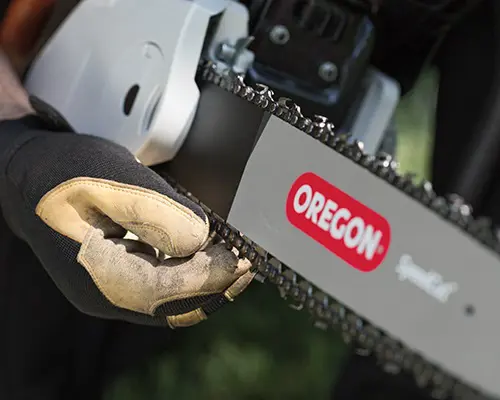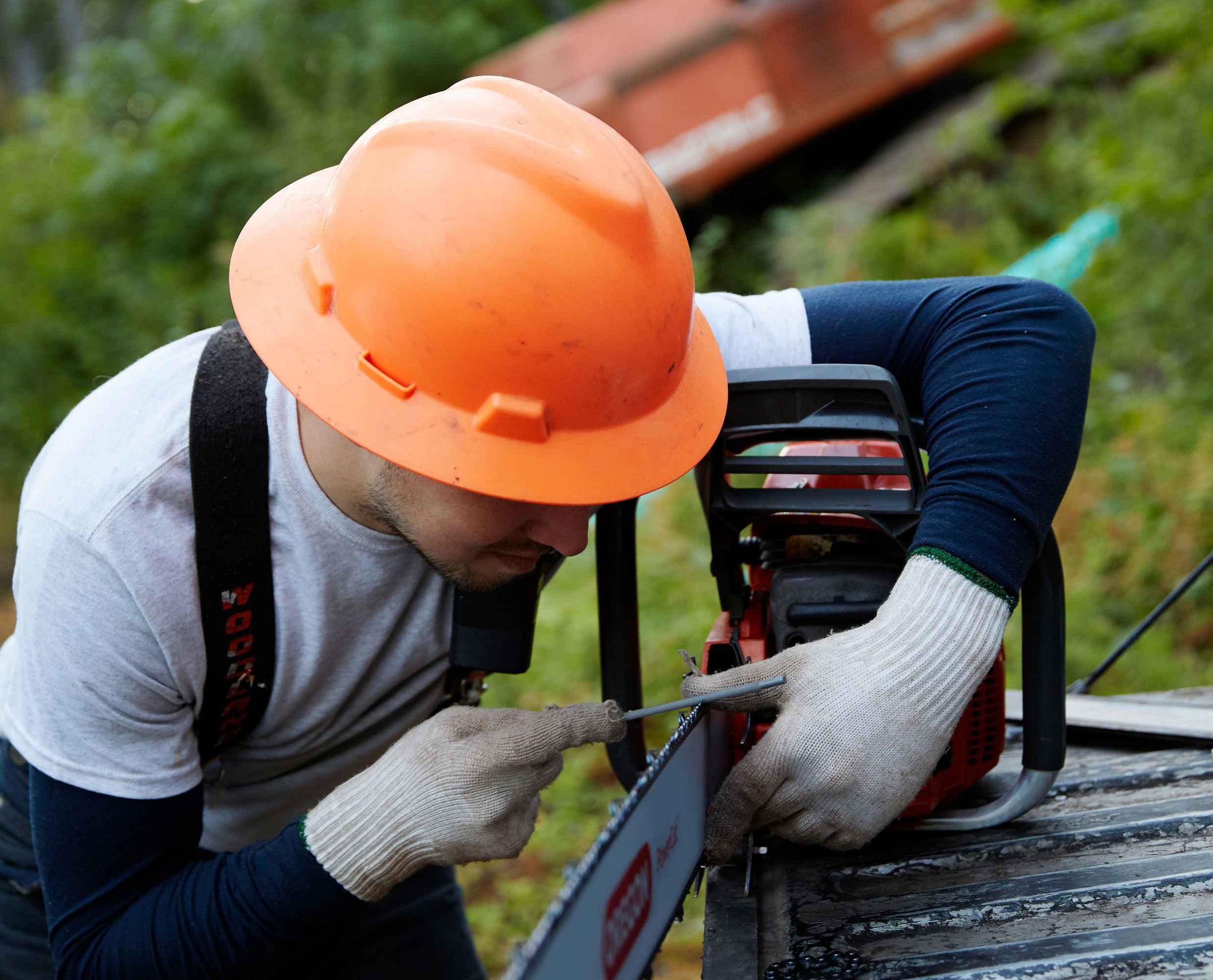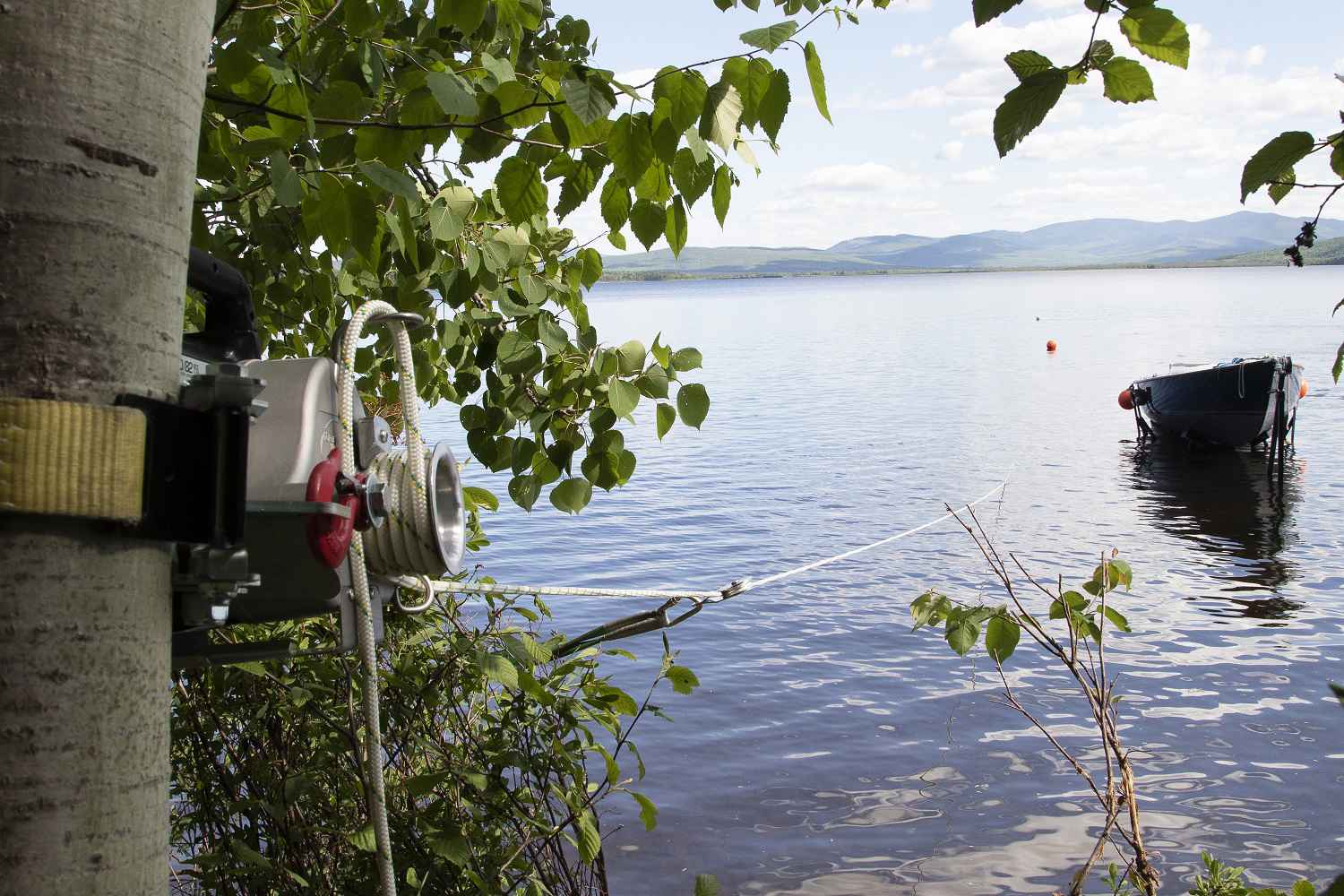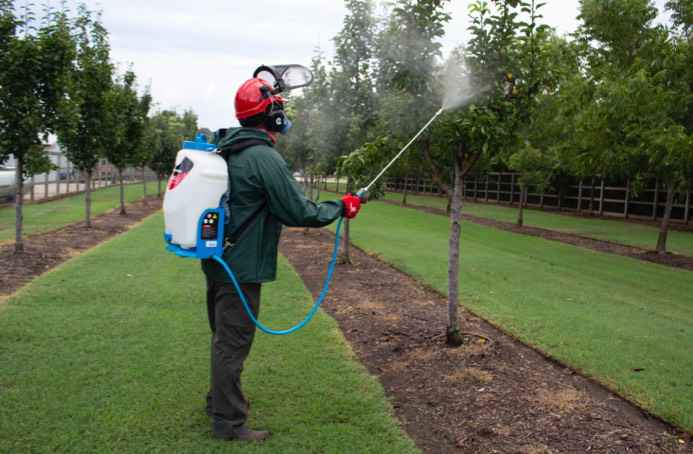- Forestry tips
-
Choosing The Right Chainsaw Chain

Choosing The Right Chainsaw Chain
Selecting the right chainsaw chain isn't a mere luxury when you're tasked with cutting down trees and branches. It's essential for the optimal performance of your chainsaw. This guide provides comprehensive information to assist you in choosing the right chainsaw chain for your needs.
Understanding Chain Gauge
The chain gauge refers to the drive link's thickness where it fits into the guide bar's groove. This should match the gauge of the guide bar to avoid any fitting issues. Always ensure they are identical by using the number marked on the drive links of your previous chain as a reference.
Importance of Chain Pitch
Another important feature when purchasing a new chainsaw chain is the chain pitch. It represents half the distance between three consecutive rivets. To find it quickly, look for the number on the guide link.
Knowing Your Guide Bar Size
The size of your guide bar, also known as its "nominal value," measures the distance from the guide bar's tip to the front of the chainsaw. Some models conveniently provide this information on the chainsaw's motor.
Determining the Length of Your Chainsaw Chain
The length of your chainsaw chain simply corresponds to the number of guide links it contains, dictated by your guide bar size. Quickly locate this information by checking the part number of your chain, listed after the chain type.
For manual counting, align all links face-to-face, then starting from the left, count by pairs until you reach the outermost links.
Considering the Cutter Profile
When choosing the right chainsaw chain, consider what the chain will be used for, as different tasks demand different chainsaw chain types. Here are the primary profiles:
- Square (chisel or super chisel): Best for forestry tasks and cutting hardwood
- Round (shipper): Ideal for low-powered chainsaws and cutting softwood
- Semi-round: Known for its versatility, this profile cuts both softwood and hardwood with equal efficiency
The Benefit of a Kickback Reduction System
For heavy-duty tasks, consider a chainsaw chain with a kickback reduction system and vibration-damping features. But if you're only performing occasional tree or branch cutting, a well-chosen standard chainsaw chain should be enough to handle the job with no issues.





